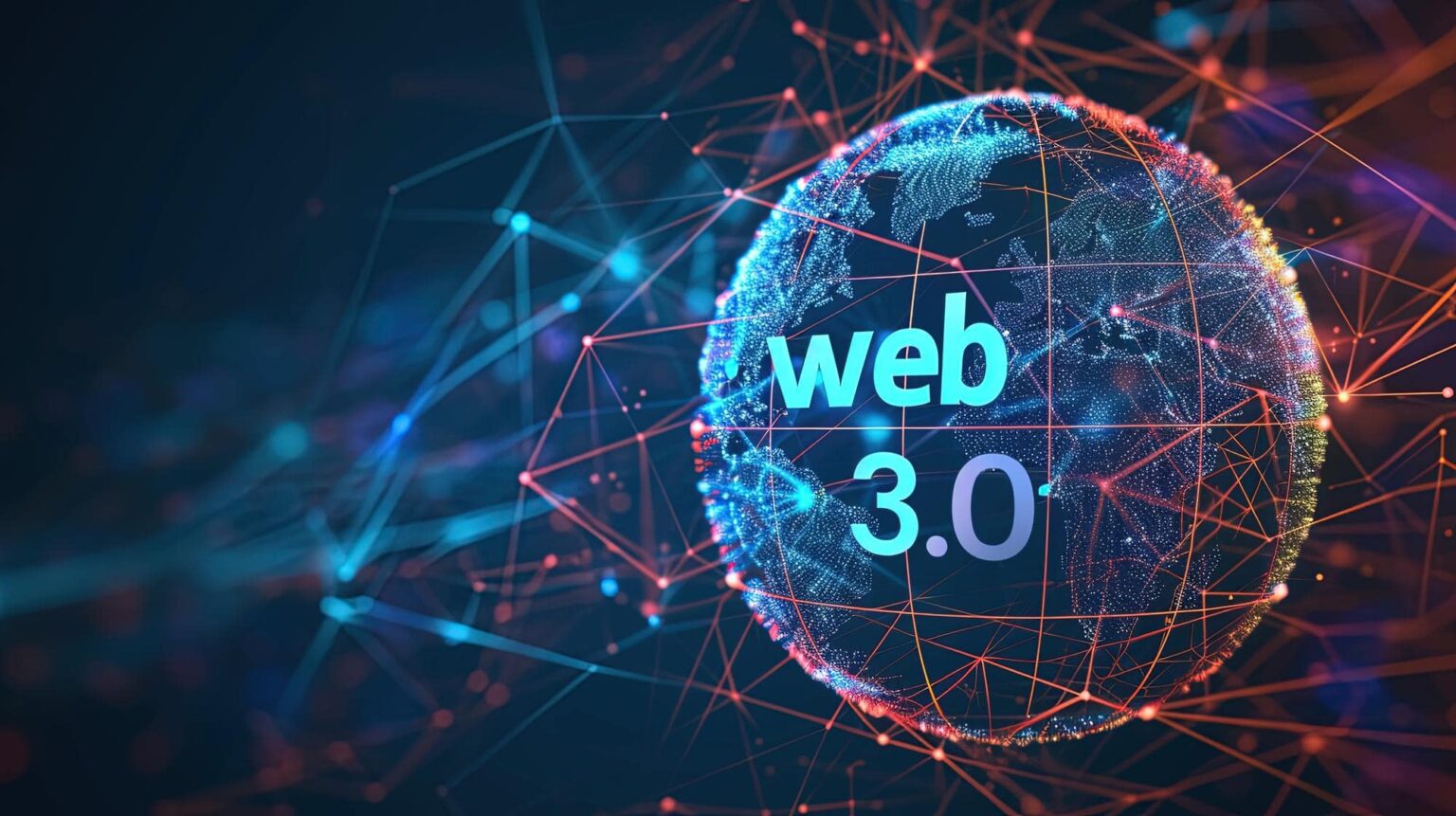Web3.0: The Decentralized Web and Its Potential to Reshape the Internet Landscape” explores the emerging paradigm of Web3.0, characterized by decentralized architectures, blockchain technology, and user-centric principles. Here’s an overview of the key points covered:
Contents
Introduction to Web3.0:
- Definition: Web3.0 represents the next evolution of the internet, characterized by decentralized, peer-to-peer architectures that prioritize user ownership, privacy, and control over data. Unlike Web 2.0, which is dominated by centralized platforms and intermediaries, Web3.0 aims to empower users, foster innovation, and promote a more open and inclusive internet.
- Key Features: Web3.0 leverages decentralized technologies such as blockchain, decentralized storage, and peer-to-peer networks to create trustless, censorship-resistant, and interoperable platforms and applications. It prioritizes principles such as data sovereignty, privacy, and decentralization, enabling users to interact directly with each other and control their digital identities and assets.
Components of Web3.0:
- Blockchain Technology: Blockchain serves as the foundation of Web3.0, providing decentralized consensus mechanisms, immutable data storage, and programmable smart contracts. It enables trustless transactions, decentralized governance, and verifiable authenticity of digital assets and transactions.
- Decentralized Applications (dApps): Decentralized applications are software programs built on blockchain platforms that operate autonomously without central authorities or intermediaries. dApps enable peer-to-peer interactions, secure value transfer, and decentralized finance (DeFi) services, fostering innovation and user empowerment.
- Decentralized Identity: Decentralized identity solutions empower users to control their digital identities and personal data, enabling self-sovereign identity management and privacy-preserving authentication. Blockchain-based identity systems provide secure, tamper-proof records of identity attributes, reducing reliance on centralized identity providers and enhancing user privacy and security.
Use Cases and Applications:
- Decentralized Finance (DeFi): DeFi represents one of the most prominent use cases of Web3.0, offering decentralized financial services such as lending, borrowing, trading, and asset management without intermediaries. DeFi platforms leverage blockchain technology to create open, transparent, and programmable financial infrastructure accessible to anyone with internet access.
- Non-Fungible Tokens (NFTs): NFTs enable the tokenization of digital assets such as art, collectibles, and virtual real estate on blockchain networks. NFTs represent unique, indivisible assets with verifiable ownership and provenance, creating new opportunities for creators, collectors, and investors in the digital economy.
- Decentralized Social Networks: Decentralized social networks aim to address privacy concerns, data ownership issues, and censorship risks associated with centralized social media platforms. Blockchain-based social networks prioritize user control over data and content moderation, fostering a more transparent and democratic online environment.
Challenges and Considerations:
- Scalability: Scalability remains a challenge for Web3.0 platforms, as blockchain networks must support large transaction volumes and user interactions without sacrificing decentralization or security. Layer 2 scaling solutions, sharding, and interoperability protocols aim to address scalability issues and improve network throughput.
- User Experience: User experience (UX) is critical for the adoption of Web3.0 platforms, as users expect seamless, intuitive interfaces and frictionless interactions. Improving UX design, onboarding processes, and educational resources is essential to lower barriers to entry and attract mainstream users to decentralized applications.
Future Outlook:
- Mass Adoption: Web3.0 has the potential to democratize access to digital services, empower individuals, and disrupt traditional industries across diverse sectors. As blockchain technology matures and user-friendly applications emerge, Web3.0 is expected to gain mainstream adoption, reshaping the internet landscape and ushering in a new era of decentralization and digital sovereignty.
- Regulatory Considerations: Regulatory frameworks and policy decisions will play a crucial role in shaping the future of Web3.0, as governments grapple with the implications of decentralized technologies for financial regulation, data protection, and consumer rights. Collaborative efforts between industry stakeholders, regulators, and policymakers are needed to ensure regulatory clarity, foster innovation, and protect user interests in the Web3.0 era.
Conclusion:
“Web3.0: The Decentralized Web and Its Potential to Reshape the Internet Landscape” highlights the transformative potential of decentralized technologies to redefine the internet as we know it. By prioritizing principles of decentralization, privacy, and user empowerment, Web3.0 promises to create a more open, inclusive, and resilient internet ecosystem that empowers individuals, fosters innovation, and promotes digital sovereignty in the digital age.



